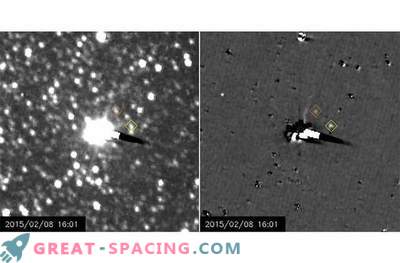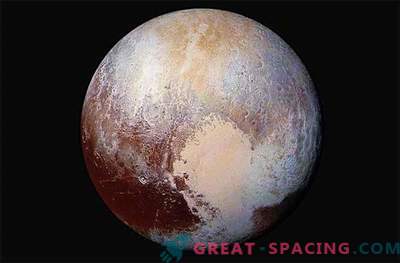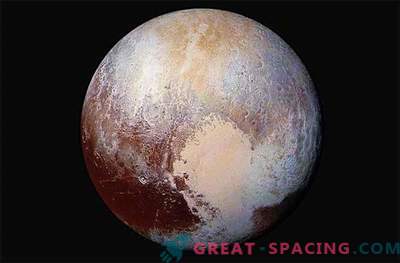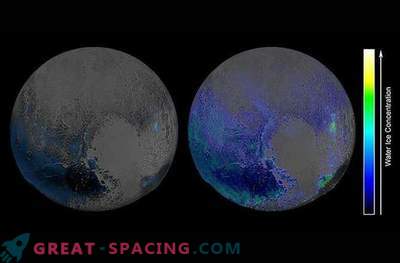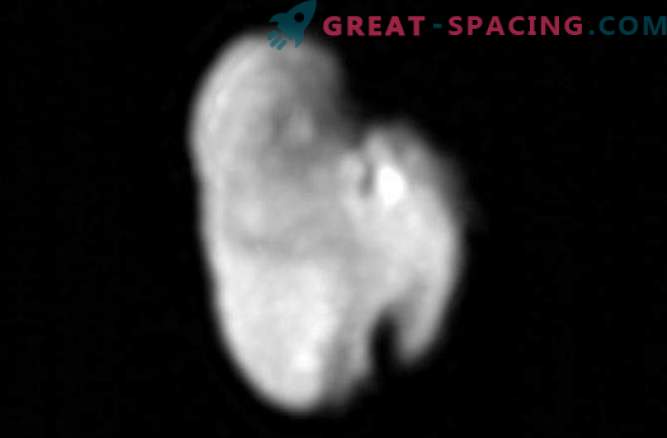
Despite its age, Pluto's satellite Hydra is surprisingly clean and covered with water ice.
Discovered in June 2005, the outer satellite of Pluto Hydra, scientists believe, was formed four billion years ago during a massive impact event that spawned Pluto and Charon.
Despite its age, this small satellite, which is only 31 miles wide, is surprisingly clean and bright. So he appeared in front of the cameras of the New Horizons mission during a historic passage through the Pluto system in July 2015.
When the data from the spacecraft were analyzed, they showed that the hydra, as scientists had supposed, is almost entirely composed of pure ice.
Composite imaging infrared spectrometer installed on the device New Horizons, showed that the spectral signature of water ice on the Hydra is even stronger than that of the largest satellite of Pluto Charon, which in turn indicates the surface covered with larger particles of ice and less dusty dark material.
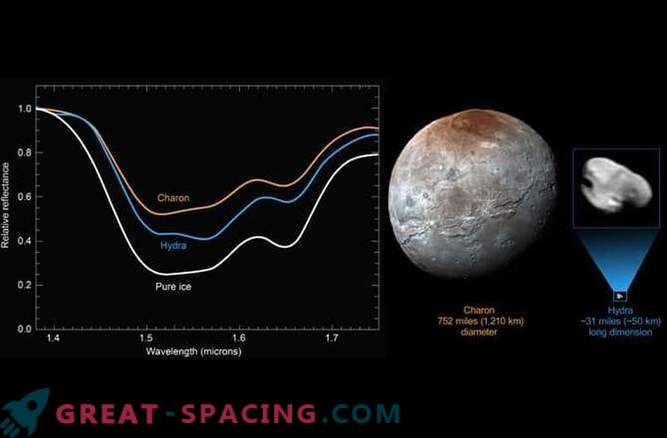
Spectral signature of water ice made by the New Horizons mission’s composite IR-spectrometer
“Perhaps the effects of micrometeorites cleaned the surface of Hydra from contaminated substances,” said Simon Porter, a member of the New Horizons research team at the Southwestern Research Institute (SwRI) in Boulder, Colorado. "This process would be ineffective on much larger Charon, whose gravity saves any trash created by these blows much more."
"Looking like a small point of light in the best images of Hubble until 2015, Hydra is an irregular satellite of Pluto. Thanks to images taken by the New Horizons missions, we know that Hydra has two relatively large craters, and that the upper region is slightly darker than the lower, implying a difference in surface composition, "Porter added.
